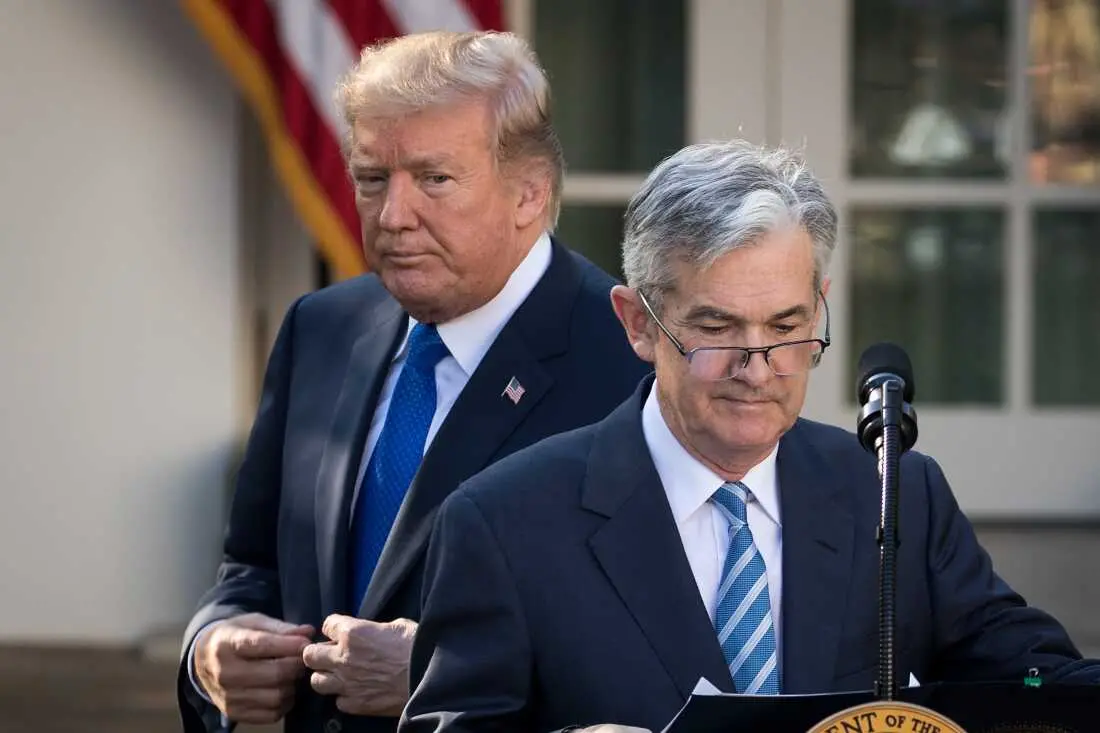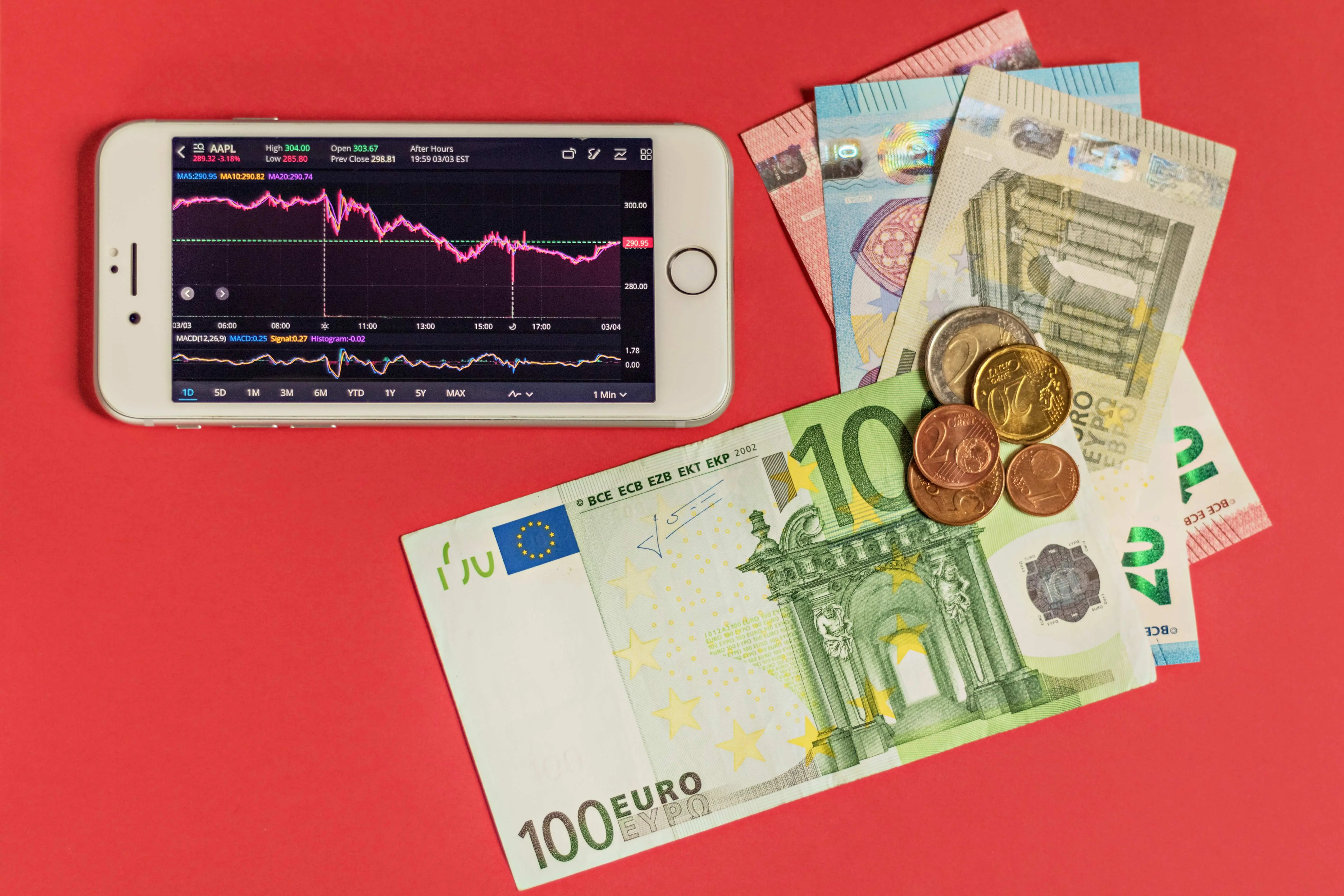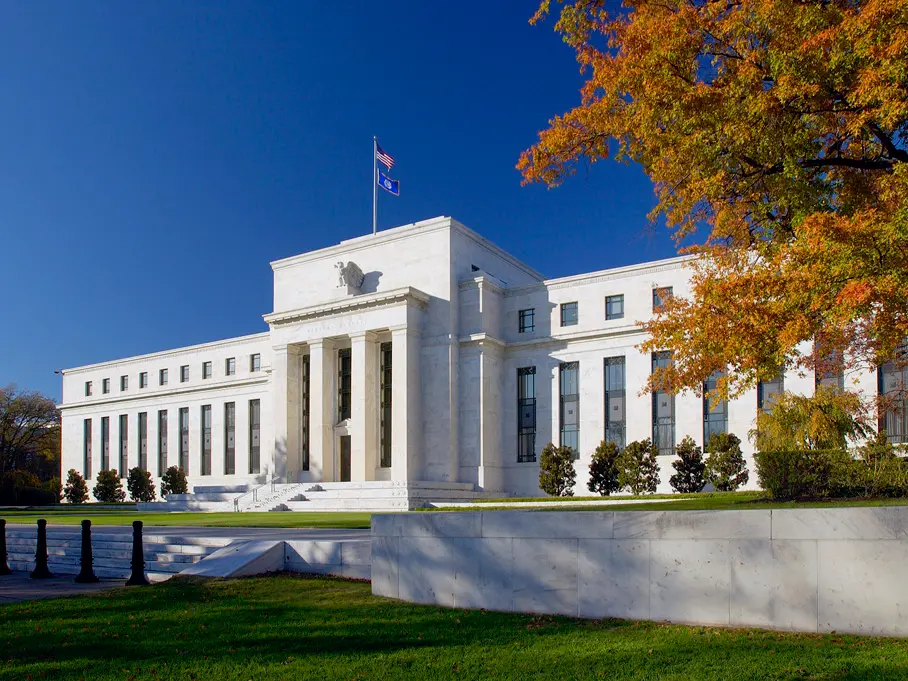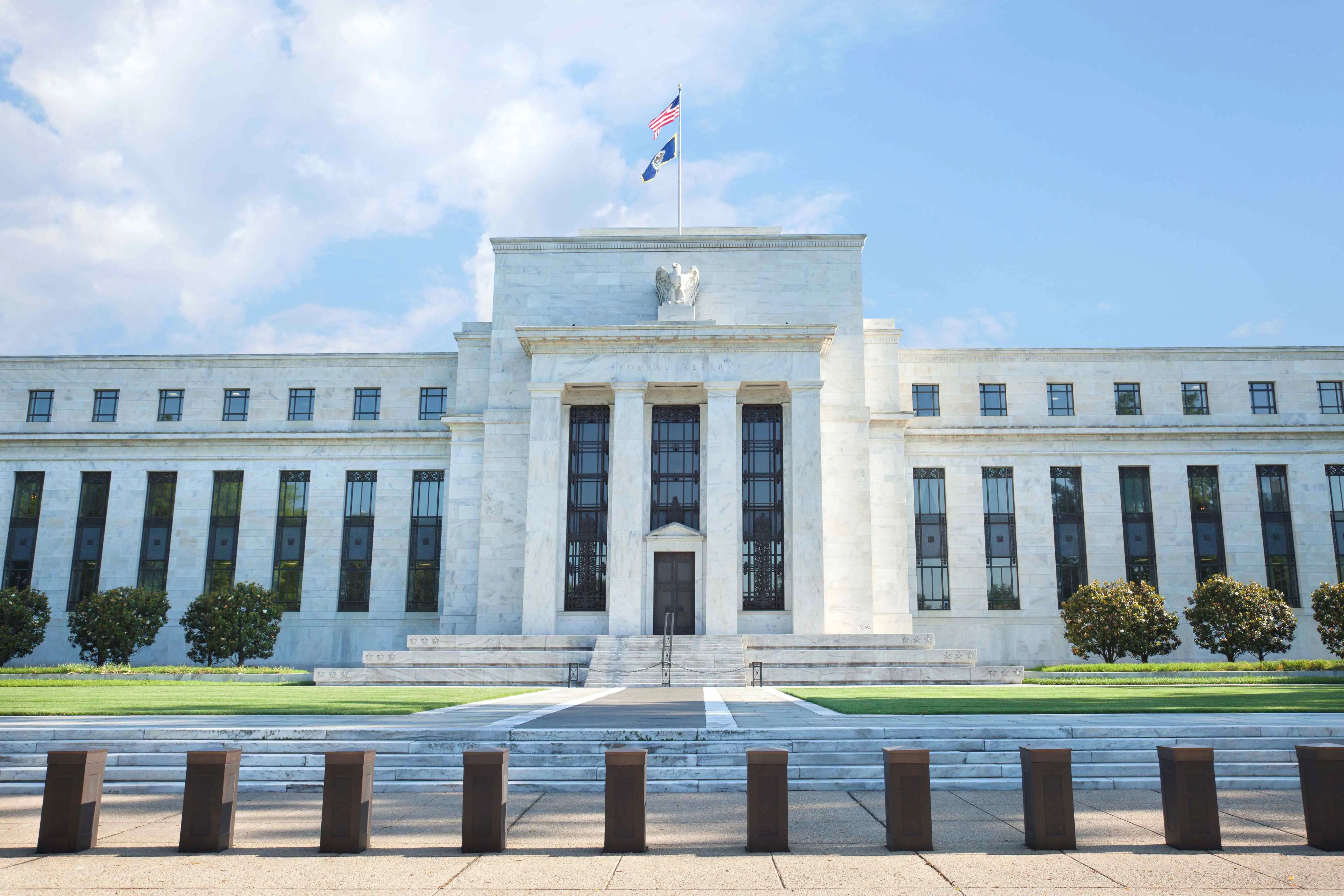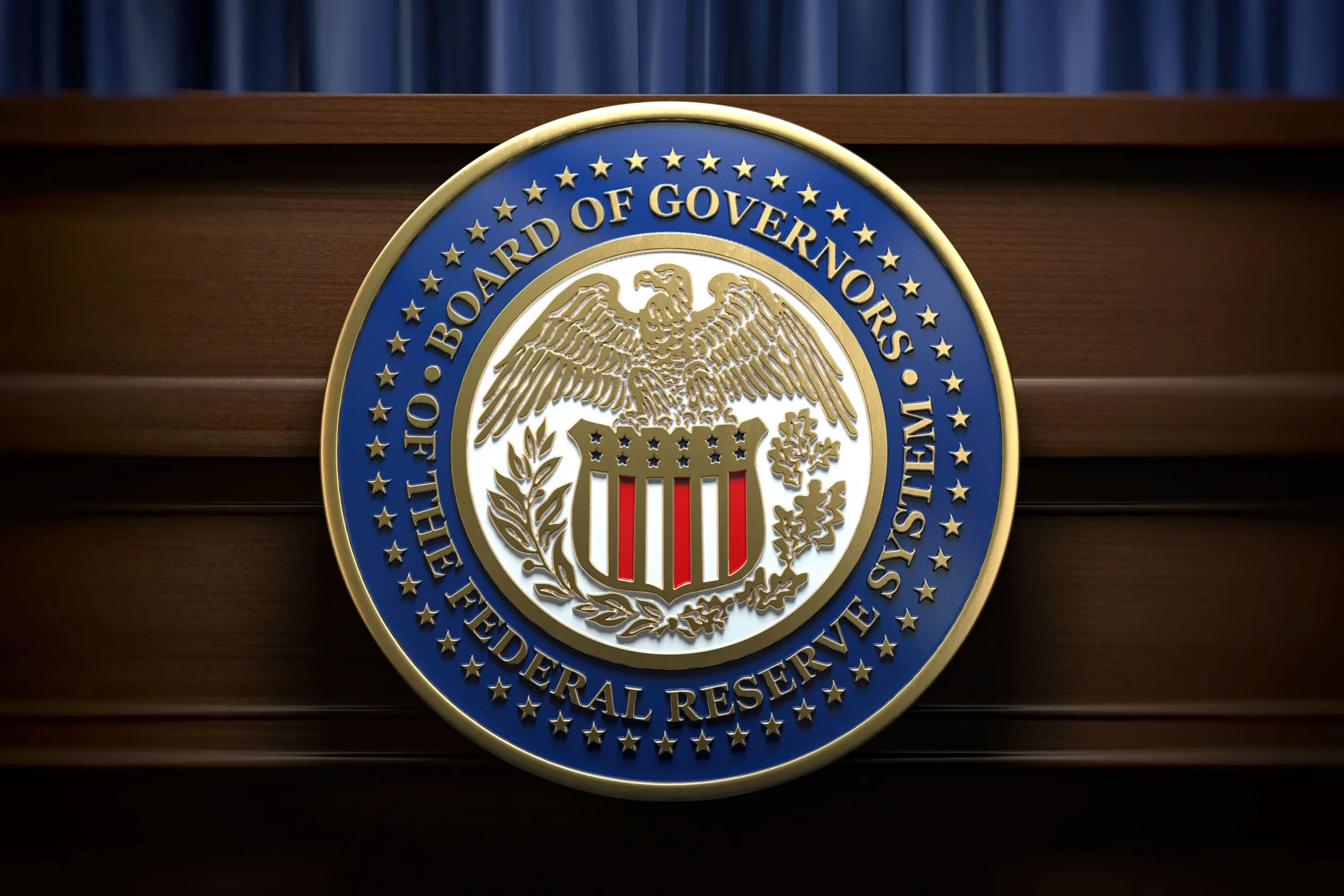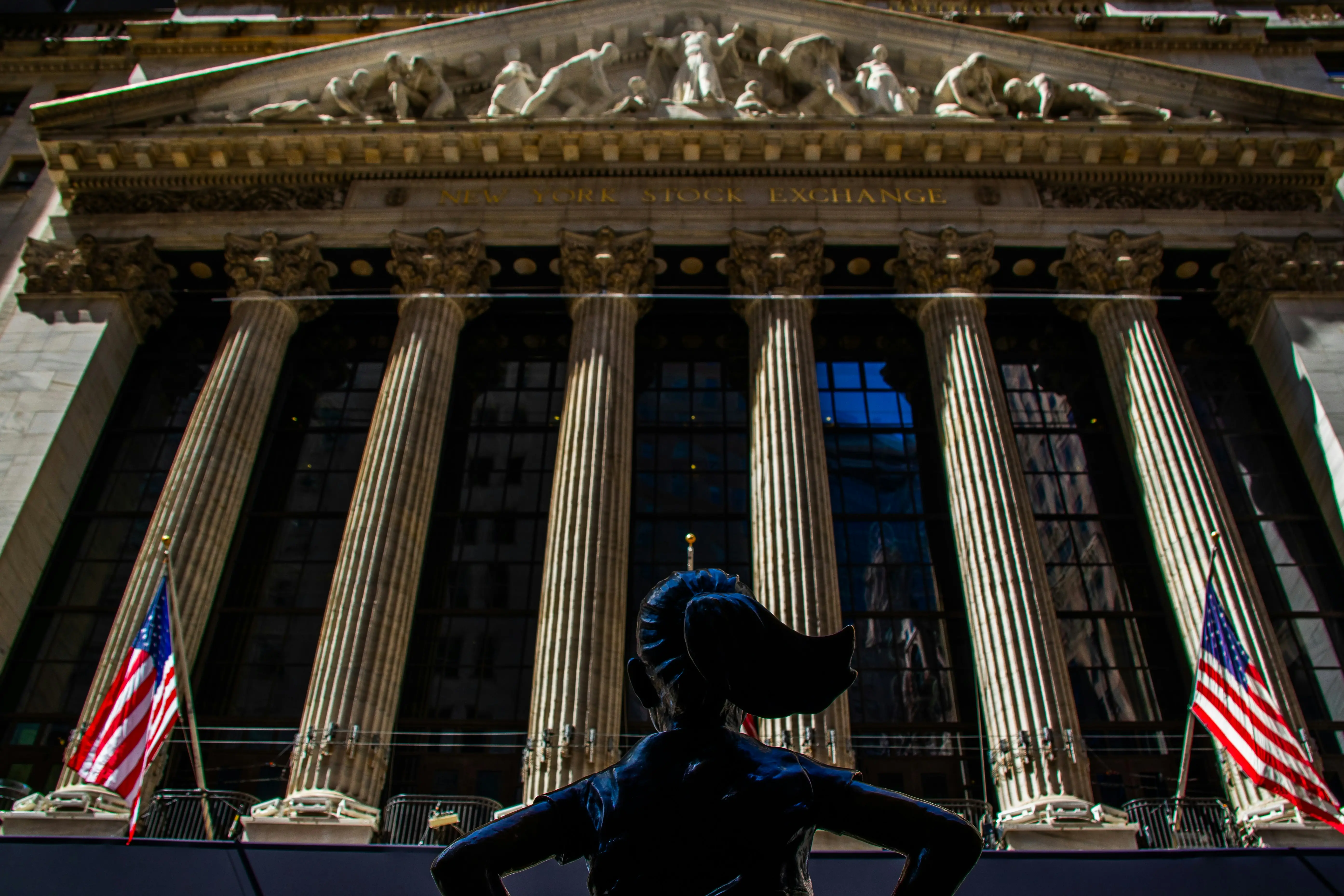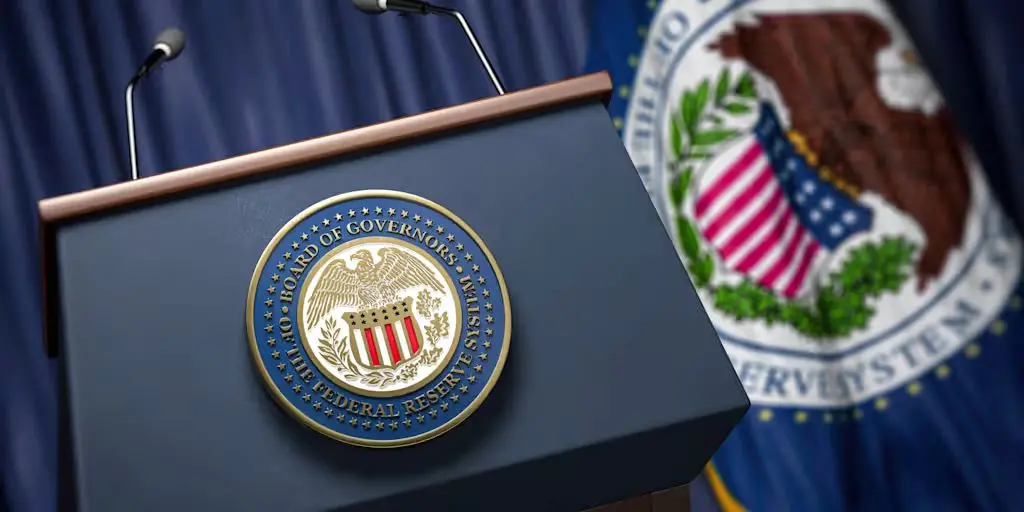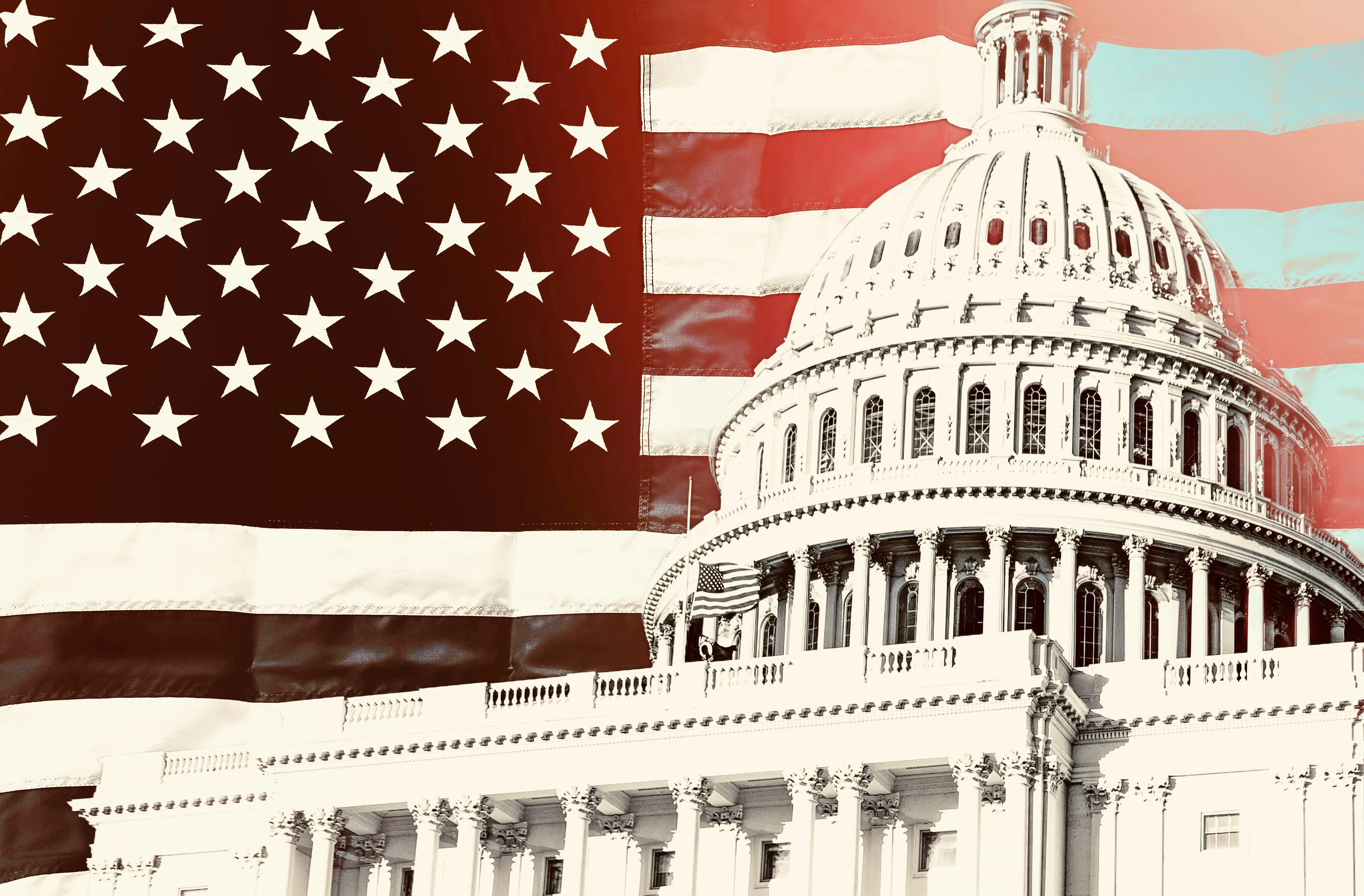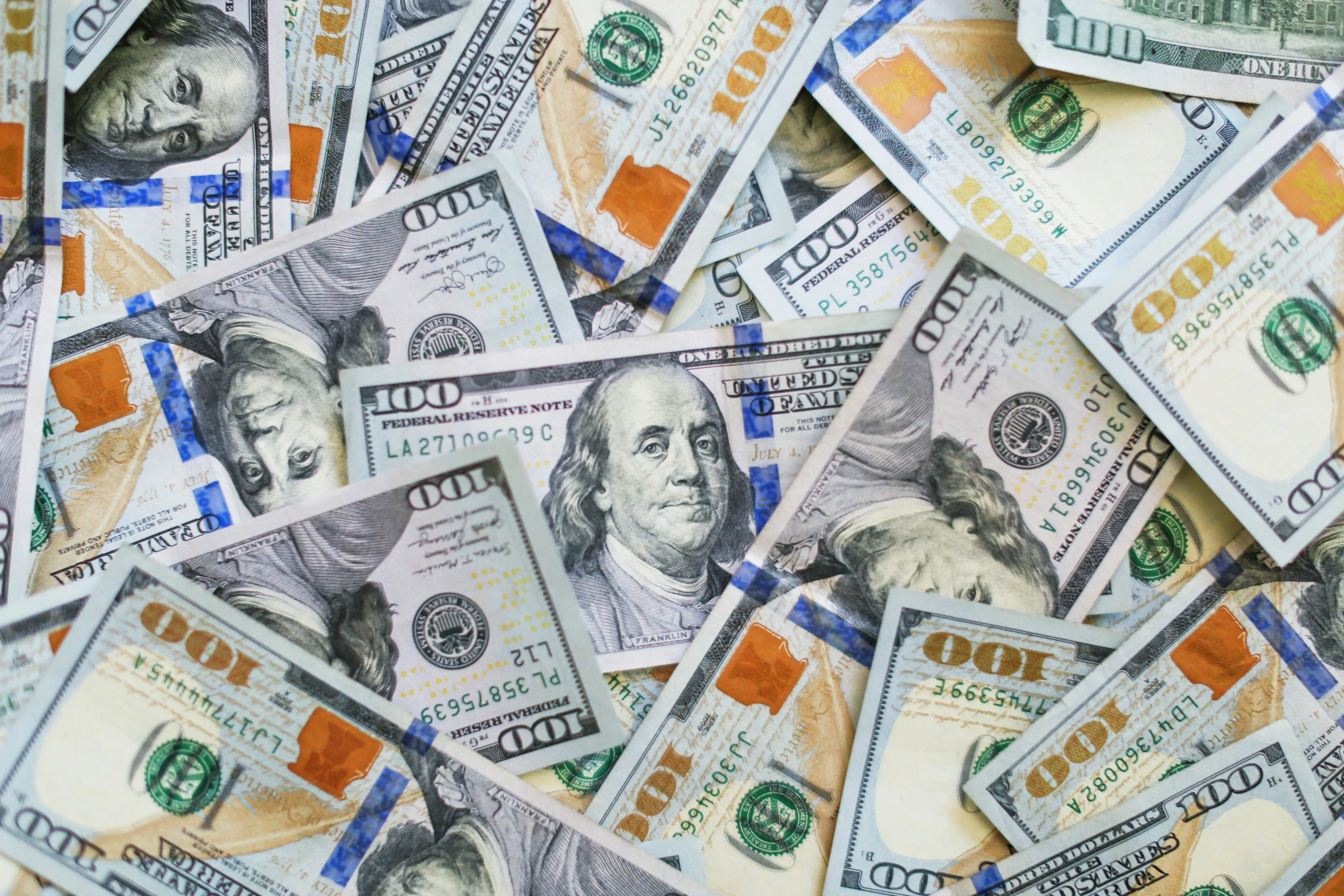Economy
Fed Chair Selection Enters Critical Phase: Implications of Leadership Transition for Monetary Policy
On October 10, U.S. Eastern Time, the Treasury Department announced that the list of Fed Chair candidates had been reduced from 11 to 5. The final nominee is expected to be appointed as a Federal Reserve Governor in January 2026, and subsequently succeed Jerome Powell as Fed Chair.
The Fed's adjustments may open up a new economic landscape
The third revision to the new GDP data indicates that the US economy is growing faster than initially expected. Consumer spending data has been revised upward, with growth figures suggesting a stronger US economy than previously anticipated. These figures appear consistent with a supply-side driven
Fed Kicks Off Rate Cuts, But Mortgage Rates May Not Follow
In September 2024, the Federal Reserve launched a new rate-cut cycle, reducing the policy rate by 50 basis points. Market participants widely expected housing finance costs to fall accordingly. However, the actual outcome contradicted conventional expectations: the 30-year fixed mortgage rate rose f
Robust Economic Data Weighs on Rate-Cut Expectations: What Are the Odds the Fed Continues Easing?
On September 25 (ET), a series of key U.S. economic indicators released by the Bureau of Economic Analysis (BEA) and the Department of Labor came in stronger than expected, signaling continued resilience in the U.S. economy alongside persistent inflationary pressures.
On September 17, 2025, the Federal Open Market Committee (FOMC) announced a 25-basis-point cut to the federal funds rate, lowering the target range to 4.00% - 4.25%. The decision was approved by an 11-1 vote.
The market is entering its largest rotation cycle in decades
Tensions are high right now. Sentiments are generally strong regarding economic and political developments. New data from the University of Michigan confirms this: The negative impact of news headlines on business confidence has never been greater than it is now since the outbreak began.
Key Considerations to Monitor Ahead of the FOMC Meeting
The Federal Reserve will announce its September 2025 interest rate decision at 2:00 PM Eastern Time on September 17. Market participants widely anticipate a 25 basis point rate cut, which would mark the first cut of 2025 and the first easing move since the initial cut in September 2024—the first in
Final Inflation Data Before Fed Rate Decision Is In
As the last major economic indicators released before the Federal Reserve’s September 17 monetary policy meeting, data from the U.S. Labor Department showed that U.S. August consumer price index (CPI) increased 2.9% year-on-year, reaching a seven-month high, while weekly initial jobless claims jumpe
Will Cooling Inflation Data Lead to a 50 Basis Point Fed Rate Cut?
The Producer Price Index (PPI) data released by the U.S. Bureau of Labor Statistics on September 10 showed that inflationary pressures at the production level eased more than expected in August, providing new grounds for the Federal Reserve to implement a rate cut in September.
Ahead of the Federal Open Market Committee’s pivotal September meeting, U.S. labor market data have been sharply revised lower, intensifying concerns over economic growth. Coupled with inflationary pressures from tariffs, expectations that the Fed will begin an easing cycle have now become consensus
Buying the dip is becoming the siren song of the current market
Changes in capital flows are also clearly visible. Current retail investor enthusiasm is often influenced by market momentum and information on social media platforms like Reddit and TikTok. Passive indices are also slowly changing market logic. We can see that the objective influence of automatic
With Fed Poised to Restart Rate Cuts, History Hints at Market Outcomes
In late August 2025, global financial markets focused on a potential pivot in the Federal Reserve's monetary policy. Fed Chair Jerome Powell's dovish stance at the Jackson Hole Economic Symposium drove market expectations for a September rate cut from around 65% to nearly 90%, signaling a possible e
How can the United States break the dilemma of "high debt and low growth"?
A year ago, TMC Research predicted that Washington's policy space would be significantly compressed amidst slowing economic growth and a failing, if not expanding, federal fiscal deficit. Twelve months later, this risk has not abated.The latest data shows that nominal output, as measured by the
Markets Are Betting on a September Rate Cut — What’s Making the Fed Hesitate?
1.The July meeting minutes showed that the upside risk to inflation outweighs the downside risk to employment, due to inflation remaining above the 2% target and the potential for tariffs to push prices higher.2.The minutes reiterated that premature easing could stimulate demand and hinder disinflat
Understanding this bull market
After Japan's surrender in 1945, many economists predicted that the United States would plunge back into the Great Depression, driven by massive disarmament and surging unemployment. After all, the United States had just experienced the Great Depression and 25% unemployment before World War II.
Who is eating up the US growth rate?
In recent months, rising US debt and widening fiscal deficits have frequently dominated financial headlines. For example, CNBC recently reported that the US federal deficit is rapidly expanding due to a combination of tax cuts, expansionary fiscal stimulus, and entitlement spending. Institutions
Is a September Rate Cut a Done Deal?
On August 12, the U.S. Bureau of Labor Statistics released data showing that the annual inflation rate in July held steady at 2.7%, unchanged from the previous month and below the market expectation of 2.8%, failing to sustain the earlier rebound. Core CPI rose to 3.1% year-over-year, marking the hi
The truth behind the dollar's "collapse theory"
Over the past year, financial media has been filled with alarmist claims of an "imminent collapse" of the US dollar. Financial influencers on social media have brandished charts depicting the "dollar's doom," while prominent figures in financial publications have loudly warned of the risks of
Is Wall Street's optimism a real trend or a false prosperity?
Last week, the market saw significant volatility, driven by a combination of macroeconomic headwinds and earnings reports from high-risk companies. The S&P 500 fell 2.36% and the Nasdaq dropped 2.17%. While technology stocks performed strongly this week, overall volatility was significant.
The Market is Considering: Will the Fed Make a 25 or 50 Basis Point Cut in September?
In July 2025, the U.S. ISM Services PMI data showed that activity in the services sector nearly stalled, with the index at 50.1, barely holding above the breakeven line. This data reflects the slowdown in the U.S. economy, especially against the backdrop of persistent weakness in the labor market an

